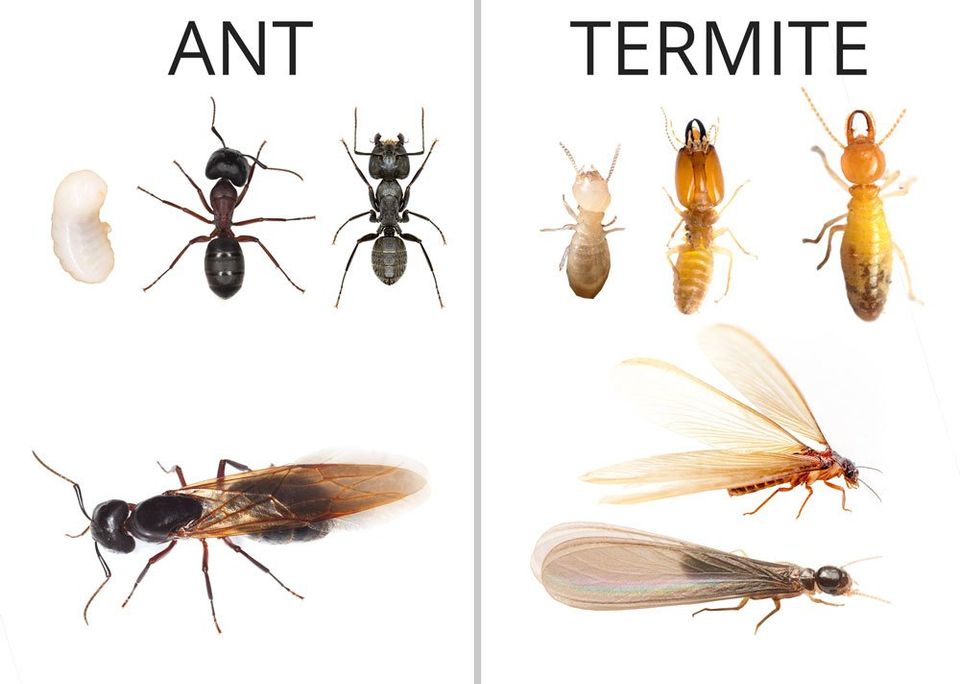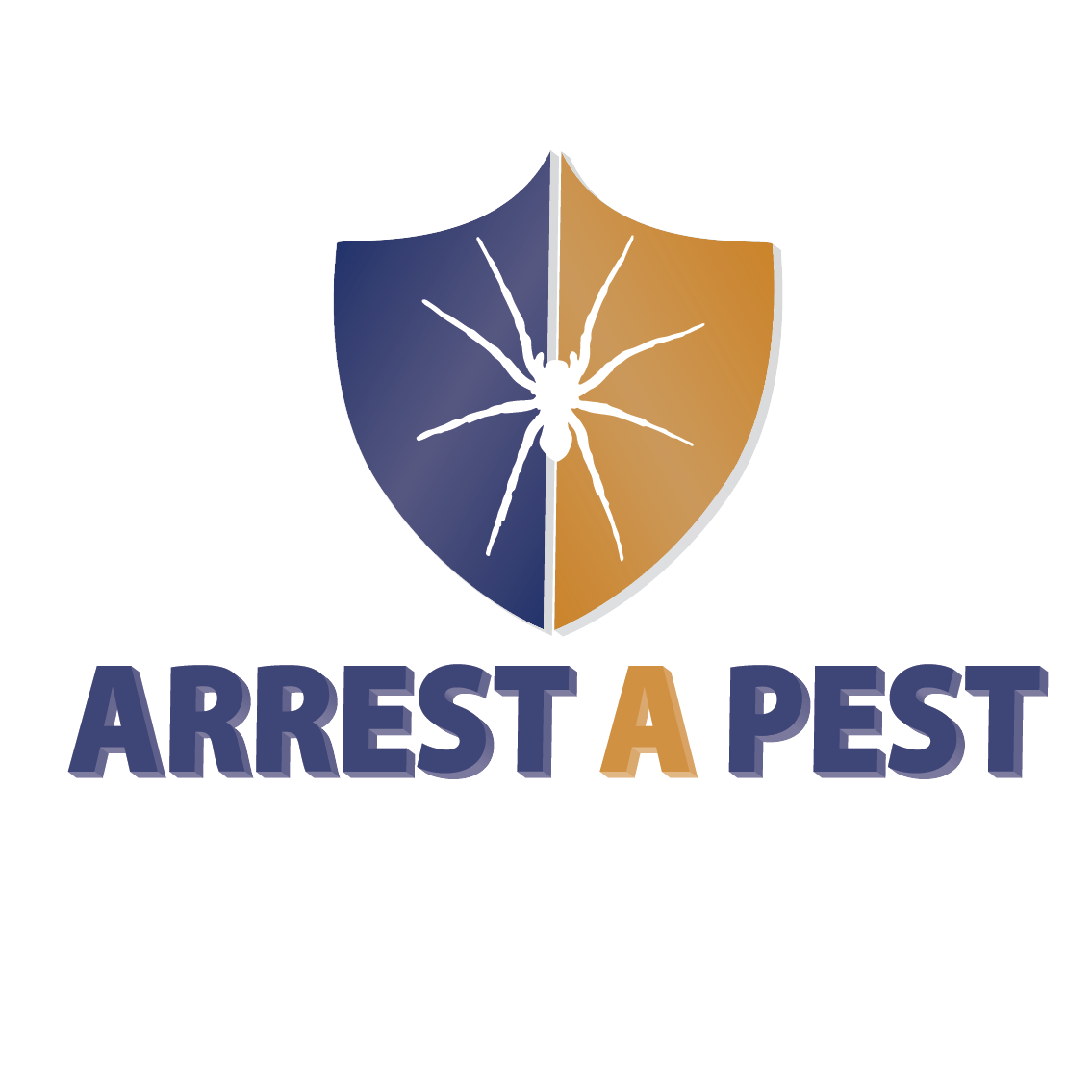How to tell Termites apart from Ants
Many people ask this question because there are, admittedly, some similarities between termites and ants. Both termites and ants can be found in wood, and they can both cause structural damage to a home. For this post we will focus mainly on carpenter ants, even though other ant species will reside in wood/logs.
Let’s look at a few easy ways to distinguish carpenter ants from subterranean termites.
Appearance
At a glance, termites and ants might look alike. But if you can get an up close view of them, there are obvious differences between these two pests.
1. Color -
Termites workers range in color from milky white to a yellowish color. The swarmer termite (flying termite) is the only exception, in that it will be black in color. Both the winged swarming and worker carpenter ant will have a darker, black color.
2. Body - Ants have bent antennae and their bodies have obvious segmentation. You can easily pick out the head, body (thorax) and bottom (abdomen) of the ants. Termites appear to have only a head and a body, and their antennae are straight. The termite body is not pinched or narrow like the ants’.
3. Wings - Both carpenter ant and termite swarmers have two pairs of wings. Carpenter Ants’ wings are about the length of their body, and one pair is longer than the other. Termites, on the other hand, have wings roughly twice the length of their body, and both pairs are the same length and will be a milky white color.
The Galleries
The small tunnels through wood that result from the tunneling of ants and termites are called galleries. Subterranean termite galleries are messy, filled with mud or dirt, and may have a rotted out appearance. Termites eat the wood as they dig through it, and so it’s unlikely that you will find wood debris in a termite gallery like you would find it in ant galleries. Carpenter Ant galleries are cleaner, and the wood and ant debris is neatly tucked away in only certain tunnels. Also, carpenter ants don’t actually eat wood, but the damage they do is real.
Mud Tubes
Subterranean termites need high moisture levels to survive, and so wood that you will find the termites in will often be damp. You might also find mud tubes crawling up the side of a house or object that termites have taken up residence in. This ensures that as the termites work and travel to and from their main nest, they are never without sufficient moisture. Plus, these mud tubes provide safe travel from predators. Specifically, ANTS!!! That’s right, ants will eat termites. Carpenter Ants don’t use mud tubes, but you might see them hanging around nearby, hoping for a tasty termite snack.
Click on the links below to visit some of our industry partners
PHONE





